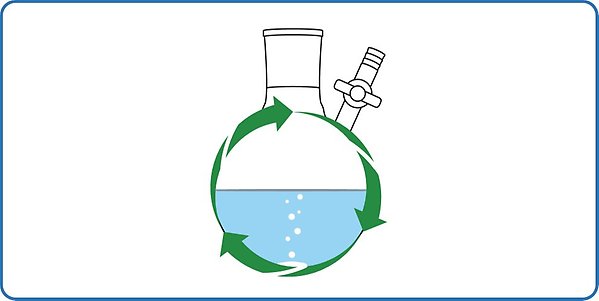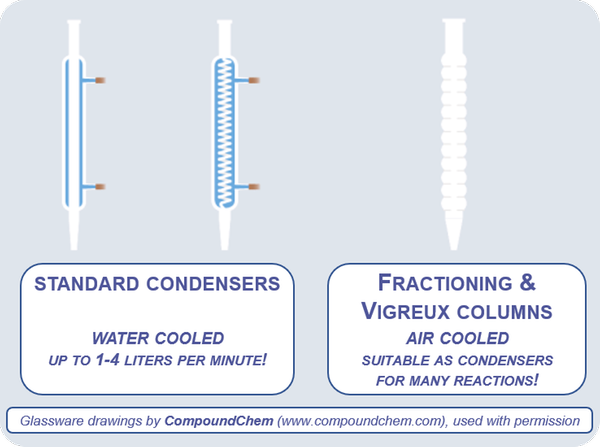Lab sustainability

SMC's Sustainability Initiative
Research labs have an out-sized impact on the climate and resource use - up to 3-5 times the energy consumption per square meter compared to office space. While SMC is heavily committed to researching new ways to use, for example, the sun's energy to make clean fuels (in part through the Swedish Consortium for Artificial Photosynthesis), it is clear that we should also reduce our own footprint. Consequently, in 2019 we started the SMC sustainabile labs initiative.
We are convinced that educational efforts to more sustainable lab practices paired with small infrastructure investments can have a substantial effect.
In February 2021 we officially expanded our efforts thanks to a grant from the university (a 'climate pot' award in the fall of 2020) and launched the Towards Greener Research, Together network. Check that website out for the latest news.
Note that we are primarily a synthetic molecular chemistry lab; an excellent website with details on saving resources for a broader range of lab types (e.g., biological labs) is My Green Lab.
Questions or ideas? Contact us at sustainability-kemi@uu.se.
Energy conservation
Did you know that improperly functioning or open fume hoods consume as much energy as 3.5 homes? We encourage each other to keep the sashes at the correct level when working in the fume hood and periodically check that the hoods automatically close when not in use.
Mechanical timers are interfaced to the rotary evaporators to automatically turn off the equipment outside of normal working hours.
We have begun assessing how much electricity various pieces of equipment normally use to see where further energy savings might be possible
Equipment | Average kWh/day |
Mbraun Labstar glovebox | 11.5 |
glassware drying oven | 7 |
rotovap | 0.6 |
solvent stills* | 2 |
*We have now replaced our solvent stills with a solvent purification system from Inert which not only requires significantly less energy, but is also much safer.
Water conservation
The team purchased small vacuum pumps for filtration to replace the use of water aspirators.
Chillers connected to the rotary evaporators recirculate the water used in the condensers.
Vigreux columns, often used for fractional distillations, can also be utilized as air condensers, replacing more water-intensive reflux condensers! Each lab was equipped with two air condensers, along with simple instructional posters for lab members.

More information
Here you can find our lab poster Pdf, 83 kB. covering air condensers and their use.
Anders Berndt at Uppsala University wrote about our efforts in an article entitled "Initiative for resource-efficient labs", 2020-10-19.
Contact
- If you have any questions about our research, please contact the programme professor Sascha Ott.
- Sascha Ott
